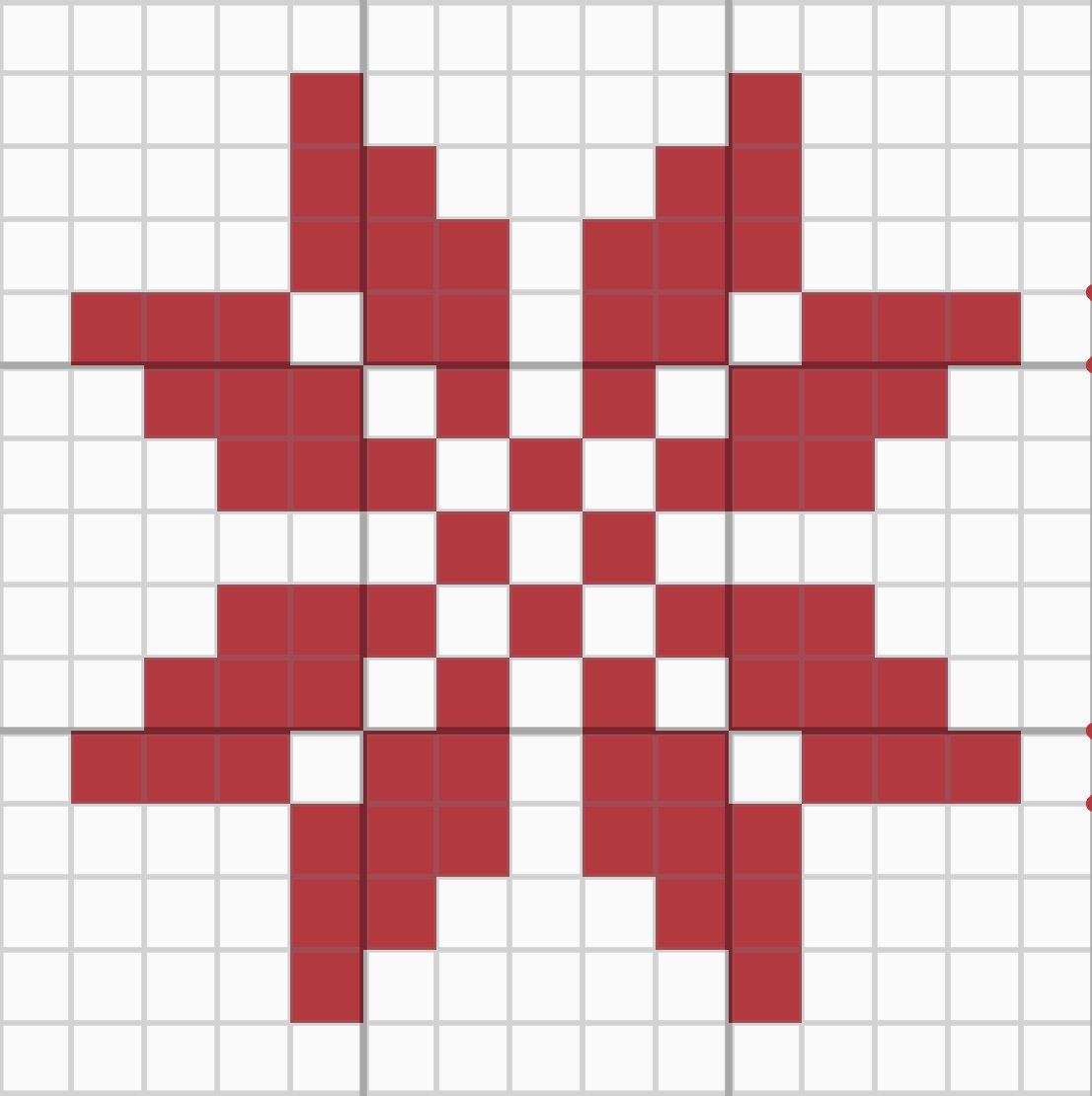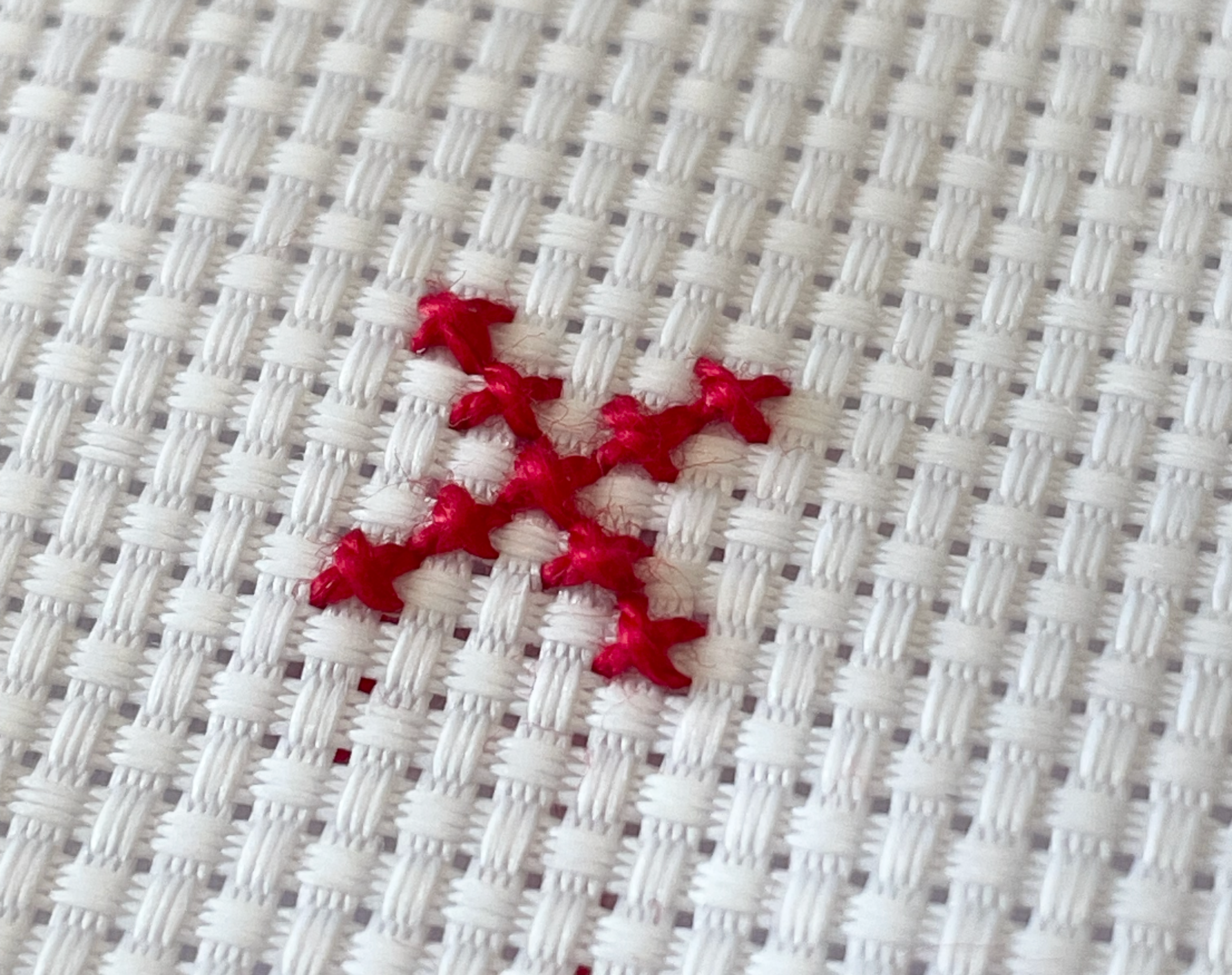Mastering Mistakes in Tatreez
Mistakes happen. Even the most skilled tatreez artists have unraveled a few stitches in their time. The key to managing this is to work with a single-layer thread. This post focuses on how to fix tatreez mistakes by backtracking through your previous cross stitches easily without cutting your thread or stressing your fabric.
Fixing Cross-Stitch Errors With a Single Thread
With a single-layered the ends of your thread don't knot on the needle, allowing you to easily un-thread your needle when needed. This freedom to pull the thread out of those previous stitches can be a lifesaver.
How To Fix Tatreez Mistakes
Unthread your needle
Using the eye of the needle or tweezers, come under the previous cross stitches and pull upwards. Be careful to not
Thread your needle again and continue your tatreez project
Fixing Cross-Stitch Errors With a Double Thread
When working with a double-layered thread, there are two scenarios to consider. If one end of the double-layered thread is left loose, you can employ the method used for single-layered thread.
Alternatively, if both ends are knotted together, correcting mistakes might be a tad more challenging and may require you to cut your thread and try again. An option is to back thread with your thread and needle. However, threading the needle back through the same openings can be a bit tricky, and may damage your work. A bit of patience and careful maneuvering comes into play.
Mistakes Happen!
If you happen to spot an early mistake in your design, you have a few choices: embrace it as a testament to the human touch, carefully backtrack your stitches to the error, or, if needed, snip your thread, unravel your work, and begin again.
Remember, every stitch is a lesson, and learning from your errors is an integral part of mastering the art of Tatreez. Keep practicing, keep experimenting, and let your journey through the world of Palestinian embroidery be one of growth and creativity.
@tatreeztraditions
Share your stitching journey with us on Instagram, including the hiccups and mishaps!
















